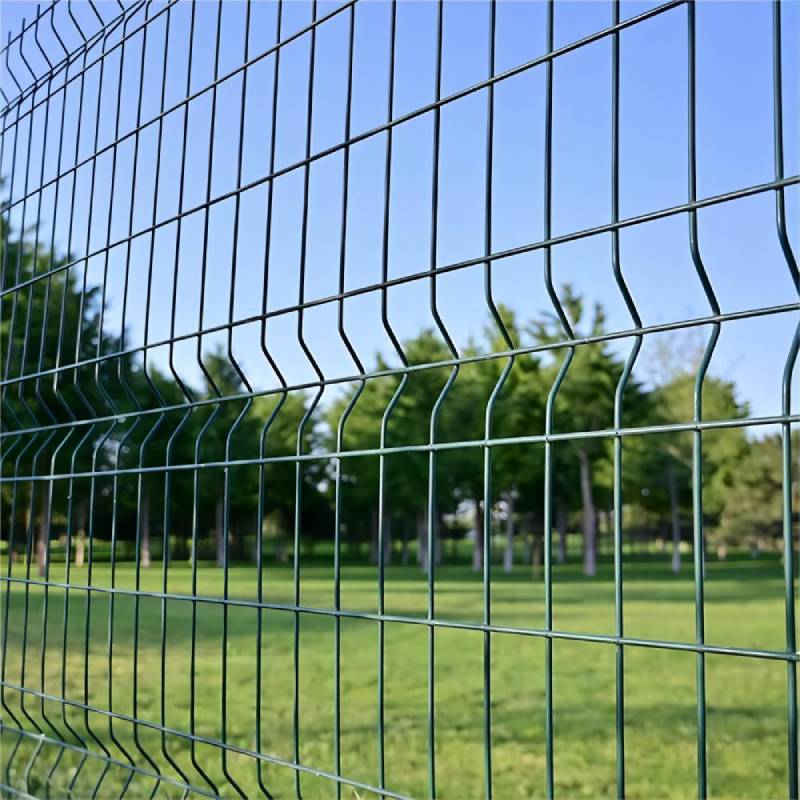wire netting fence
Understanding Wire Netting Fencing A Comprehensive Guide
Wire netting fencing is an essential feature in various agricultural, residential, and commercial settings. Its versatility and effectiveness make it a popular choice among homeowners and farmers alike for a multitude of applications. This article delves into the uses, benefits, and installation processes associated with wire netting fencing.
What is Wire Netting Fencing?
Wire netting fencing consists of interconnected wires that form a grid or mesh pattern. These fences are typically made from galvanized steel or other durable materials, ensuring long-lasting performance and resistance to environmental factors. The size and spacing of the wire openings can vary depending on the intended use of the fencing, making it customizable for specific needs.
Common Uses of Wire Netting Fencing
1. Agricultural Applications One of the primary uses of wire netting fencing is in agriculture. Farmers use it to enclose livestock, keeping animals safe from predators and preventing them from escaping. It can also protect crops from herbivorous pests, allowing for a more sustainable farming practice.
2. Boundary Fencing Homeowners often employ wire netting fencing as a boundary marker for their properties. Its visible but unobtrusive design makes it ideal for defining land boundaries without obstructing views. This is particularly beneficial in rural areas where maintaining a natural landscape is essential.
3. Garden Protection Gardeners frequently utilize wire netting fencing to safeguard their plants from animals like rabbits and deer. By creating a barrier, they can protect delicate seedlings and maintain the integrity of their garden.
4. Construction Sites In commercial settings, wire netting fencing is frequently used to secure construction sites. It keeps unauthorized individuals out, ensuring safety and compliance with regulations. The temporary nature of many construction projects makes wire netting an ideal choice, as it can be easily installed and removed.
Benefits of Wire Netting Fencing
1. Durability One of the most significant advantages of wire netting fencing is its durability. Made from high-quality materials, these fences resist rust, rot, and weather-related deterioration, ensuring they last for many years with minimal maintenance.
2. Cost-Effectiveness Wire netting fencing is relatively inexpensive compared to other fencing options, such as wooden or stone fences. It provides a reliable solution without breaking the bank, making it accessible for individuals and businesses with varying budgets.
wire netting fence

3. Versatility This type of fencing can be used in a wide range of applications, from agricultural to residential uses. Its adaptability makes it a preferred choice for many different environments and purposes.
4. Easy Installation Installing wire netting fencing is typically straightforward, often requiring minimal tools and equipment. This ease of installation can save time and money, especially for DIY enthusiasts.
5. Environmentally Friendly Wire netting fencing is usually made from recyclable materials, making it an environmentally responsible choice. Additionally, its design allows for light penetration, which can benefit the surrounding flora by allowing sunlight to reach the ground.
Installation Process of Wire Netting Fencing
1. Planning The first step in installing wire netting fencing is to determine the area you wish to enclose. This involves measuring the dimensions and choosing the appropriate type of wire netting for your needs.
2. Gathering Materials Once you have a plan, gather all necessary materials, including the wire netting itself, posts, post caps, and any tools required for the installation.
3. Setting Posts Begin the installation by digging holes for the fence posts at regular intervals. The depth and spacing of the posts will depend on the type of wire netting used and the intended purpose of the fence.
4. Attaching the Wire Netting After setting the posts, attach the wire netting to the posts using ties or staples, ensuring it is taut and secure. This step is crucial to prevent sagging or becoming loose over time.
5. Finishing Touches Finally, check the stability of the fence and make any necessary adjustments. Consider adding gates or other features to enhance functionality.
Conclusion
Wire netting fencing stands out as an effective and economical solution for a variety of fencing needs. Whether for agricultural uses, security, or property demarcation, its benefits make it a practical choice. With its ease of installation and versatile applications, wire netting fencing continues to be a staple for homeowners and farmers around the world.
-
Space-Saving Chain Fence Hacks Vertical Gardening with Cyclone MeshNewsJul.16,2025
-
Innovations in Iron Nail Wire Production for Modern ConstructionNewsJul.16,2025
-
Creative Uses of Wire Netting Fence in Modern Landscape DesignNewsJul.16,2025
-
Barbed Wire Fence Innovations in Anti-Climb TechnologyNewsJul.16,2025
-
Architectural Uses of Umbrella Nails for Aesthetic Roof DesignsNewsJul.16,2025
-
Architectural Uses of Razor Barbed Wire in Secure Urban DesignNewsJul.16,2025




